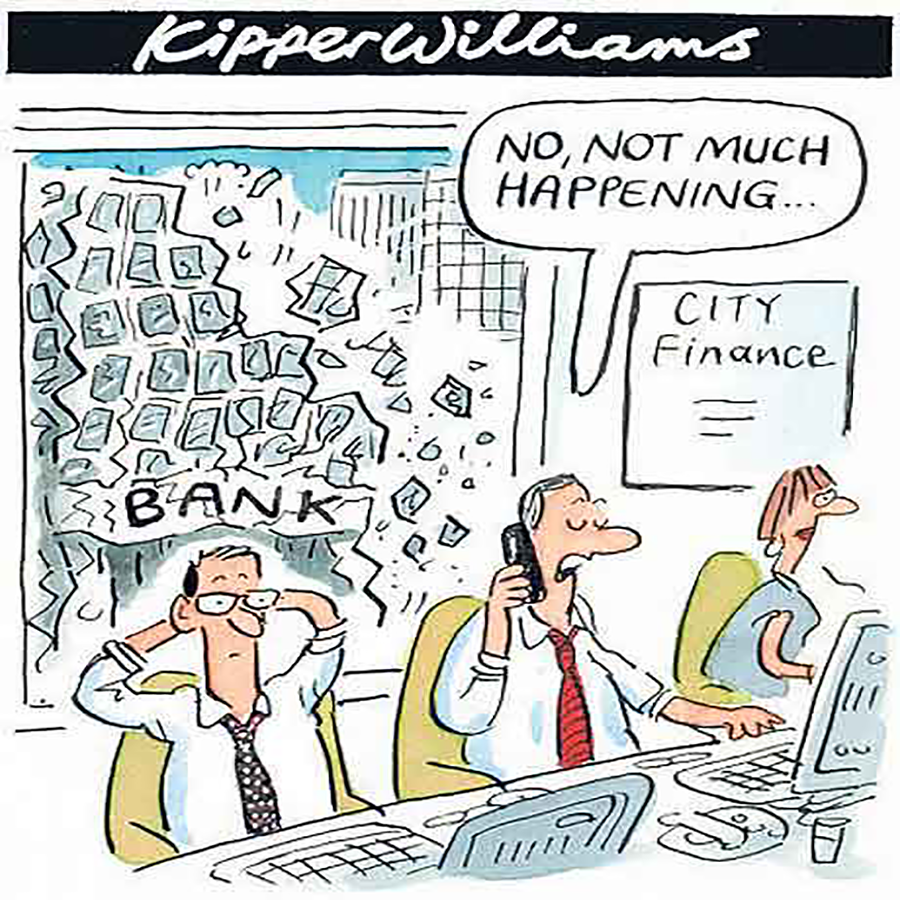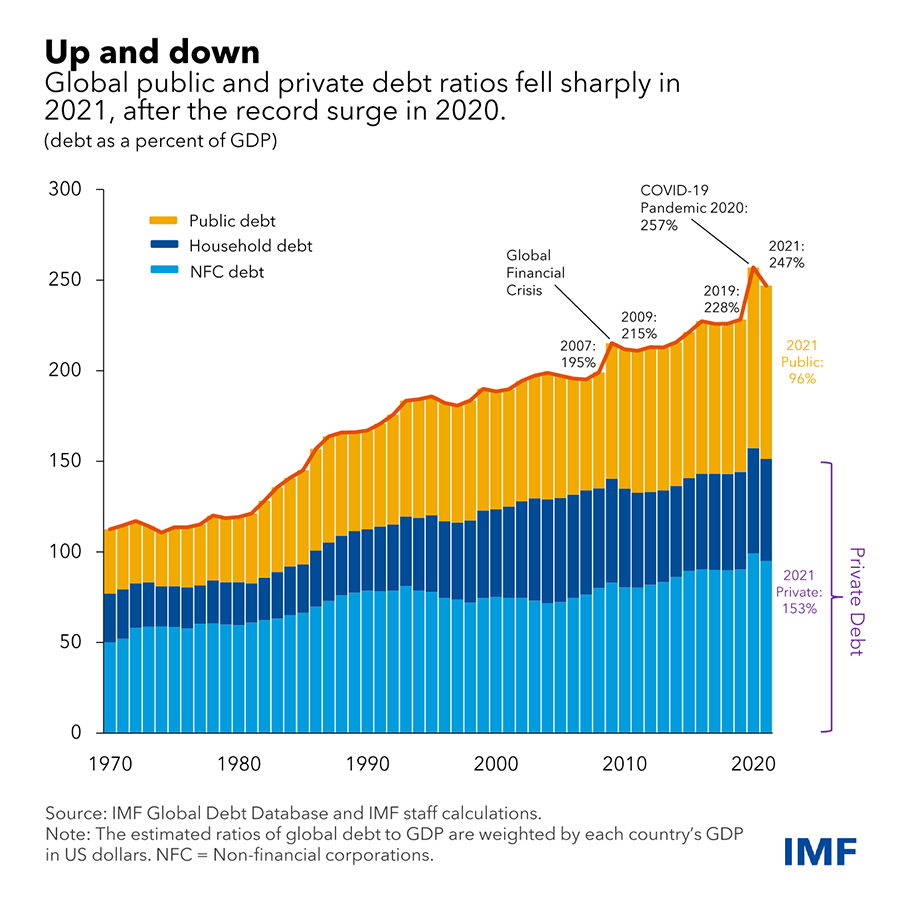Contributed by Joe Montero
While U.S. government spokespeople, including Treasury Secretary Janet Yellen, are doing the rounds to convince everyone that the nation’s banking system is sound, there is an air about that suggests this is not the case.
First of all, so much energy would not be spent on trying to re-assure the public, unless there is something going on. There have been a series, no just one, of recent banking collapses in the United States. One bank, First Republic, saw its share price plunge almost 70 percent last week. Silicon Valley Bank collapsed. So did New York’s Signature Bank. Others find themselves in a precarious situation. They could tip over any time.
Concern was so high that President Joe Biden had to hold a press conference to ensure Americans.
President Biden reassures Americans that ‘our banking system is safe.’
Video from Bloomberg
The fact that more than one bank is involved suggests the something is going wrong with the banking system. Despite some politicians and commentators pretend it is only the Silicon Valley Bank that got into trouble and blamed it on the “woke” problem, whatever that means, there is no evading the truth. Silly claims must give way to the reality.
Promises to impose better regulation are well and good. On their win they are not enough because this is dealing with the symptoms and not the cause. The claim that the banks are paying for the help is not true. They will receive money that comes from somewhere else, and this is being covered by the government. They may pay something off in the long run, that is, if it is said they can afford to do so.
Whether government support is justified or not depends on whether this is directed into ringing about a major overhaul of the banking system. Biden has not offered this.

Photo by Justin Sullivan/Getty: Closing the Silicon Valley Bank headquarters on 10 March 2023
Yellen told the Senate finance Committee in the same week: “We felt that there was serious risk of contagion that could have brought down and triggered runs on many banks.” She added the rider that “…the banking system overall is safe and sound.”
Why? surely if there is risk of contagion can’t be quite safe and sound.
So far, further collapses have been contained through the support of the federal Reserve which providing the banks money at a low interest rate. Enough to prevent a sudden run of depositors taking their money out. For now, at least.
Rising interest rates have made life more difficult for the banking system. A large part of their investments are tied in government bonds. The yields from them move in the opposite direction to the interest rate, and when this rises, the value of the yields from bonds lowers. Thea ability of the banks to capture from the rising interest rate is hampered, while the cost it imposes keeps on rising.
The yield in Two Year Treasury Bonds fell from just over 5 percent to 3.9 percent last week. Billions of dollars were wiped out overnight. This can be weathered is everything else is sound. There are strong indicators that this condition does not hold.

American banks have been so weighted to relying on bonds because the return on investment in other areas have been too weak and unstable. Bonds have been keeping the system going, and this may now be coming to an end.
It’s not only happening in the United States. Europe is having its own problems. The poster boy for the crisis is Switzerland’s Credit Swisse, which has for now been saved from ruin by the nation’s central bank. Other European banks are feeling the squeeze.
There is a problem with the banking system, and it is global. At the same time, the epicentre is the United States. This is because the United States controls the global financial system and uses its currency as the global medium of exchange. More to the point. The American economy is suffering from a long running credit crisis.
A credit crisis comes when the per dollar return on money loaned is falling. To understand the effect in full, it is necessary to take the long-term view.
The United State’s financial system has for a long time mostly dedicated to the global economy. Since World War Two and the advent of the Bretton Woods system, the United States has been the world’s lender. At first, it had been for post-war reconstruction and the financing of modern manufacturing. By the early 1960’s this had petered out, and it meant falling real returns on the money lent. Eventually, this led to the debt crisis of today. Current statistics show that the financing of debt is outpacing what the global economy produces by a massive 366 percent.
The graph (from the International Monetary Fund) below shows the rise in public and private debt since 1970.

note that the highest proportion wet to the private sector. This and public debt both rose constantly till 2021, and only experienced a small dip with the start of the Covid pandemic in 2021. Focusing on the short-term ups and downs doesn’t tell the real story.
This is a problem because it is not sustainable. To cover debt, and economy must create new real value to cover it. When the debt is greater than what can be covered, the response has been to cover it with even more debt. It is this that lies behind the gathering instability of the financial system and is the key to the failure of banks today.
Because the United States is the global lender, its banking system and economy are the most vulnerable, especially when the banks dominated financial system is the backbone of the economy. If the banks fail, the whole economy will go down with them. and this will have global repercussions that no nation can escape.
If the problem is not resolved a much deeper crisis is inevitable.


Be the first to comment on "United States bank failures point to a deepening financial crisis"